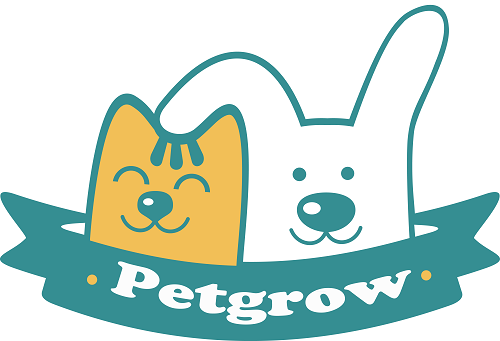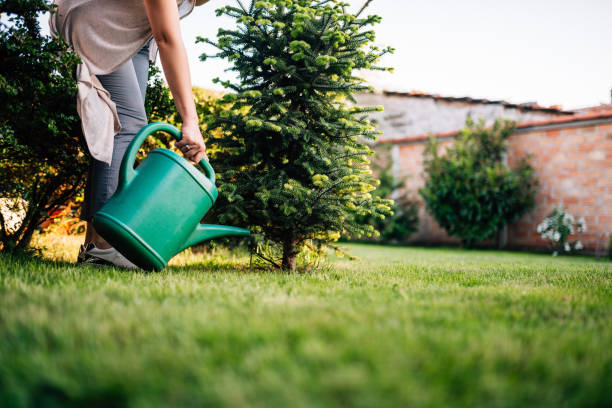Natural turf is the traditional choice for yards and sports fields. However, it suffers from water consumption, high maintenance costs, chemical use, air and water pollution, climate adaptability, inability to adapt to dark environments, common turf diseases, and durability issues. face a series of practical challenges. In this article, we’ll delve into these aspects to give you the full picture of a real lawn.
Water Consumption
The water needs of real lawns are an obvious issue. In many areas, water resources are limited, and natural lawns require large amounts of water to maintain their health and growth. Not only daily watering, but also additional irrigation may be required during hot seasons, which undoubtedly increases the burden on water resources.
High Maintenance Costs
Keeping real lawns tidy and healthy requires high maintenance costs. This includes regular pruning, fertilizing, watering, weeding, etc. Purchasing and maintaining lawn mowers, fertilizers and other maintenance tools also add to the cost of long-term operations.
Chemical Use
To fight off pests and diseases and promote lawn growth, fertilizers, pesticides and herbicides are often used. However, the use of these chemicals not only increases lawn maintenance costs, but may also have negative impacts on the environment and human health.
Air and Water Pollution
Chemicals used in real lawn maintenance can leach into the soil and groundwater, causing water contamination. In addition, the gases and particulate matter produced by the operation of the lawn mower may also have a negative impact on air quality.
Climate Adaptability
True lawns are sensitive to climatic conditions and may be affected by drought, extreme cold, or extreme heat. This makes maintaining a healthy lawn a challenge in some areas.
Not Adaptable to Dark Environments
In some shady yards or outdoor spaces, real grass may not grow well, resulting in a sparse lawn or dead patches. This makes it difficult to create a lush lawn in shaded areas.
Common Lawn Diseases
True lawns are susceptible to a variety of diseases, including powdery mildew, brown streak, gray leaf spot, blue ring blight, snow rot, bottom rot, aboveground necrosis, and more. These diseases can cause damage to the appearance and health of your lawn, requiring additional treatment and maintenance.
Durability Issues
Natural lawns are susceptible to trampling, pet activity, and other uses and may require more frequent repairs and restoration. This makes the durability of your lawn a concern.
Overall, although real lawn has its advantages in terms of aesthetics, it also presents a series of challenges in terms of water consumption, maintenance costs, and environmental friendliness. When considering building or maintaining a lawn, take these factors into consideration and perhaps artificial turf, a more sustainable, low-maintenance option, may be more in line with the needs of modern life.


Share:
Challenges and Solutions: Pigeon problem under artificial turf on balcony.
How to remove the pet Odors from an artificial grass lawn?